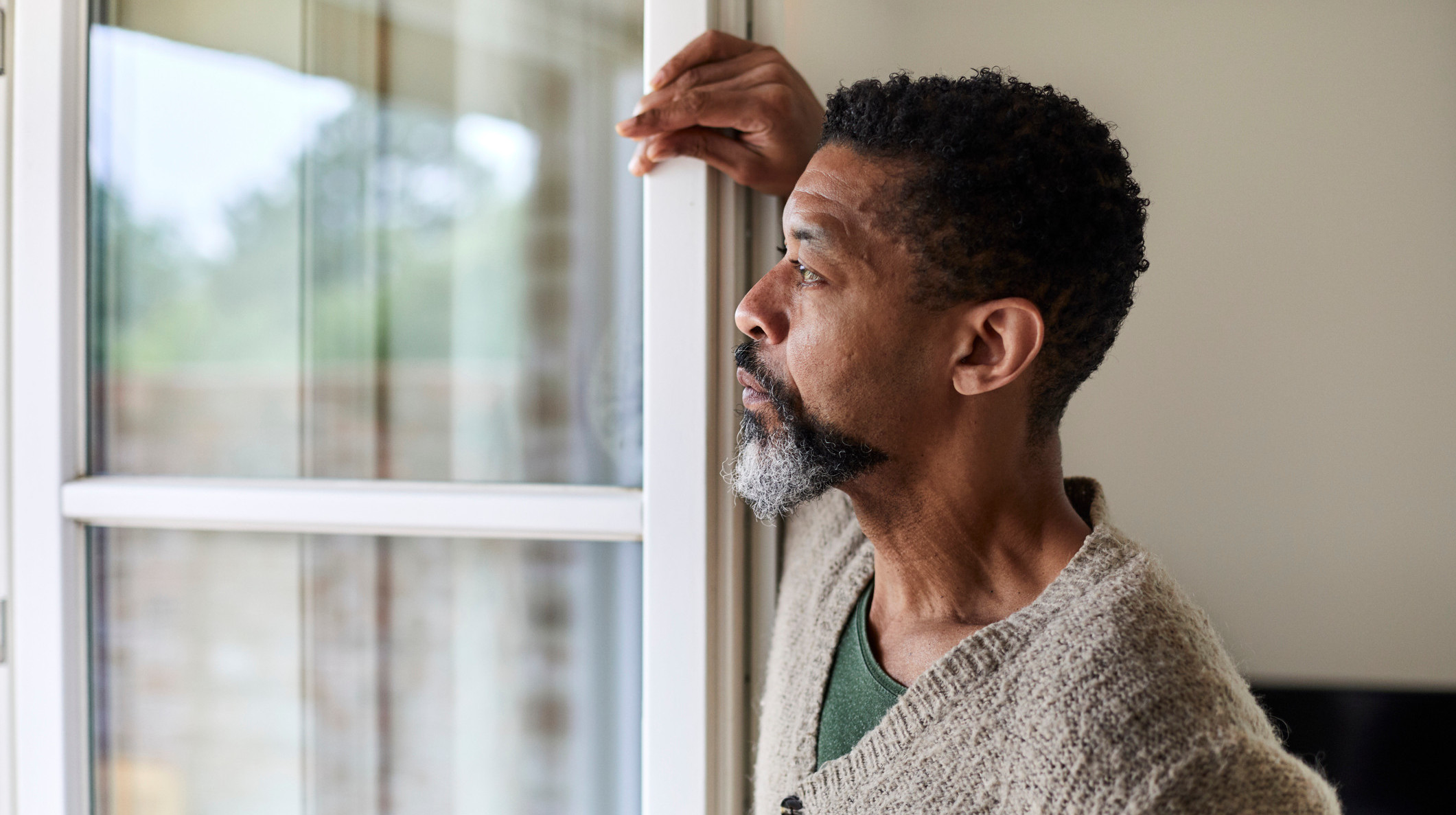Tragically Timely Study Shows Lonely Brains Crave People Like Hungry Brains Crave Food
There was a point about three weeks into Chicago's initial shelter-in-place order when I, a person who lives alone, fully expected to crack. I saw no one at all and found myself pining for even the most mundane human interactions, like waiting in line at the DMV or chatting with a stranger at the dog park. The desperate tweets of my peers told me that the loneliness was universal—and according to a recent Science News article, there's proven science to back up that particular kind of misery.
The article cites a study recently published in Nature Neuroscience. According to the study, lonely brains crave people the same way hungry brains craves food. To conduct the study, cognitive neuroscientist Livia Tomova and her colleagues had 40 participants fast for 10 hours. Participants were then shown pictures of pizza and chocolate cake, which "fired up" certain nerve cells in the midbrain. According to Science News, those neurons produce dopamine, the chemical messenger associated with reward.
Here's where it gets interesting. On a different day, the same people underwent 10 hours of total social isolation—which means no friends, no family, and no social media. The researchers then showed the participants pictures of people chatting or playing team sports. The result? Those same neurons lit up like a Christmas tree. In both cases, the more hunger or isolation the subject reported, the stronger the effect.
In the study, Tomova noted that the findings "speak to our current state," as COVID-19 leaves many of us craving human interaction more than ever before. "It's important to look at the social dimension of this kind of crisis," Tomova says. Now that I know I'm craving people the way I crave food, I can't help but picture my mom with a cheese pizza for a head during our daily FaceTimes. Sorry, Mom.
